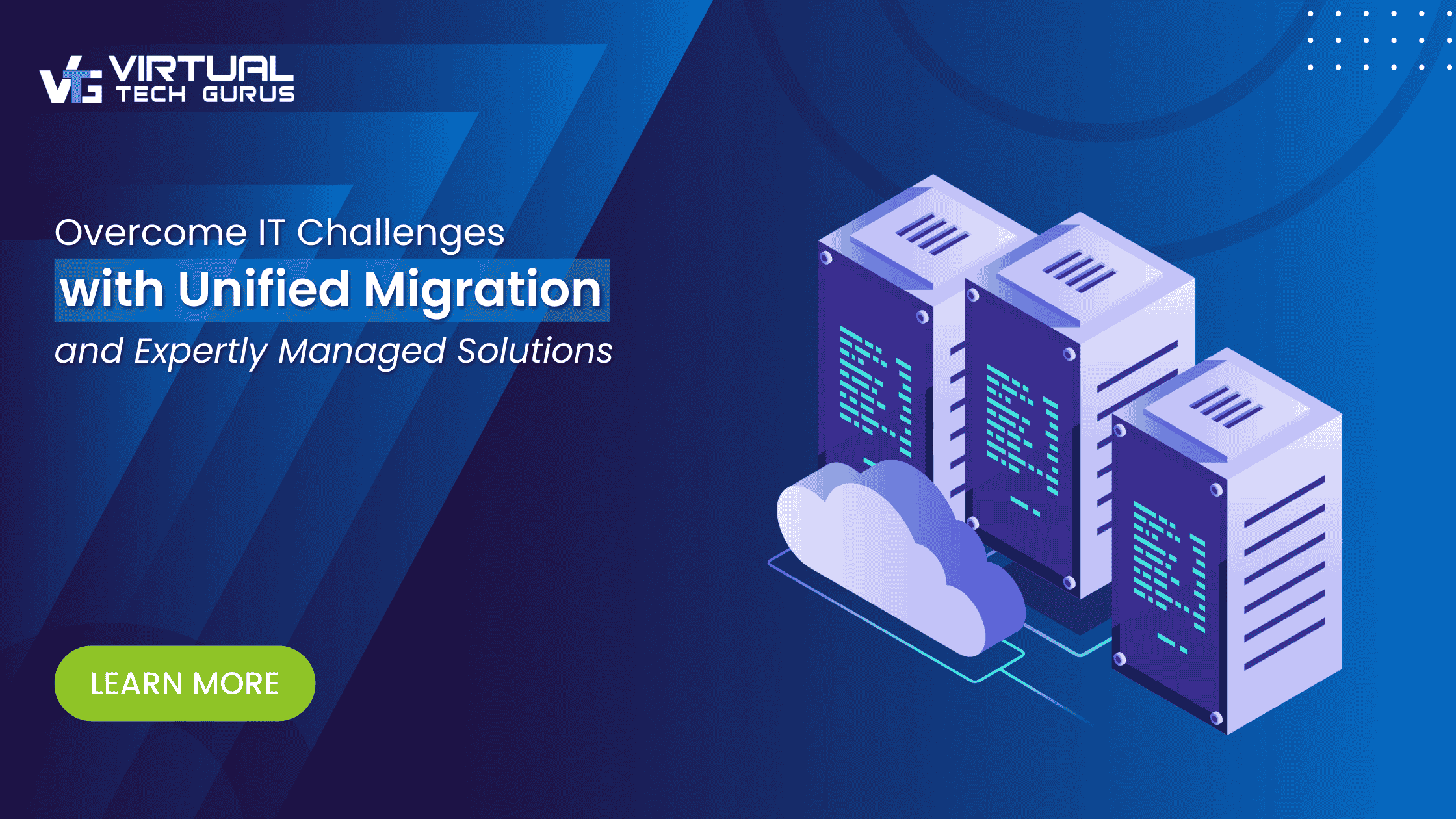While cloud computing offers a number of benefits, such as scalability, agility, and cost savings, it does not eliminate the need for disaster recovery. In fact, disaster recovery is even more important in an all-cloud organization because of the increased complexity and reliance on cloud services.
Why is disaster recovery important in an all-cloud organization?
There are a number of reasons why disaster recovery is important in an all-cloud organization, including:
- Cloud outages: Cloud outages can occur for a variety of reasons, such as hardware failures, software bugs, and natural disasters. While cloud providers are generally very reliable, outages do happen. When they do, organizations need to have a plan in place to minimize downtime and data loss.
- Cyberattacks: Cloud services are increasingly targeted by cyberattacks. If an organization’s cloud environment is compromised, it can have a significant impact on its business operations. Disaster recovery can help organizations to recover from cyberattacks and minimize the damage.
- Human error: Human error can also lead to data loss and disruption in an all-cloud environment. For example, an employee may accidentally delete data or make a configuration change that causes an outage. Disaster recovery can help organizations recover from human error and minimize the impact on business operations.
What are the challenges of disaster recovery in an all-cloud organization?
Organizations face a number of challenges when implementing disaster recovery in an all-cloud environment. Some of the most common challenges include:
- Complexity: All-cloud environments can be complex, with multiple different cloud services and applications. This can make it difficult to develop and implement a disaster recovery plan that covers all of the potential risks.
- Data sovereignty: Organizations need to comply with data sovereignty regulations, which can make it difficult to replicate data to another cloud provider.
- Cost: Disaster recovery solutions can be expensive, especially for all-cloud organizations.
Best practices for disaster recovery in an all-cloud organization
There are a number of best practices that organizations can follow to implement disaster recovery in an all-cloud environment. Some of the most important best practices include:
- Develop a comprehensive disaster recovery plan: The disaster recovery plan should identify all of the potential risks to the all-cloud environment and outline the steps that will be taken to mitigate those risks. The plan should also include a process for testing and updating the plan on a regular basis.
- Replicate data to another cloud provider: Replicating data to another cloud provider is one of the most important things that organizations can do to protect their data from disaster. Organizations can use a variety of different tools and technologies to replicate data to another cloud provider, including cloud-based backup and disaster recovery solutions.
- Use security tools and technologies: Organizations should use a variety of security tools and technologies to protect their all-cloud environment from cyberattacks. These tools and technologies should include firewalls, intrusion detection systems, and intrusion prevention systems.
- Test the disaster recovery plan regularly: It is important to test the disaster recovery plan on a regular basis to ensure that it is working properly. This will help organizations to identify any potential problems and make necessary adjustments before a disaster occurs.
Disaster recovery solutions for all-cloud organizations
There are a number of different disaster recovery solutions available for all cloud organizations. Some of the most popular solutions include:
- Cloud-based backup and disaster recovery solutions: Cloud-based backup and disaster recovery solutions can be used to replicate data to another cloud provider and restore data in the event of a disaster.
- Disaster recovery as a service (DRaaS): DRaaS is a managed service that provides organizations with a complete disaster recovery solution. DRaaS providers can help organizations to replicate data to another cloud provider, test their disaster recovery plans, and recover from a disaster.
Conclusion
Disaster recovery is still an important part of any IT strategy, even in an all-cloud organization. Organizations should carefully consider the challenges and best practices for disaster recovery in an all-cloud environment when developing and implementing their disaster recovery plan.
Here are some additional tips for disaster recovery in an all-cloud organization:
- Use a cloud-based disaster recovery solution to replicate data to another cloud provider and restore data in the event of a disaster.
- Test your disaster recovery plan regularly to ensure that it is working properly.
- Use security tools and technologies to protect your all-cloud environment from cyberattacks.
Discover peace of mind with Virtual Tech Gurus as your trusted partner in protecting your business from unexpected disasters. Explore our dependable Backup and Disaster Recovery solutions. Connect with us today to learn how our team secures your business against unexpected threats with our robust offerings.





